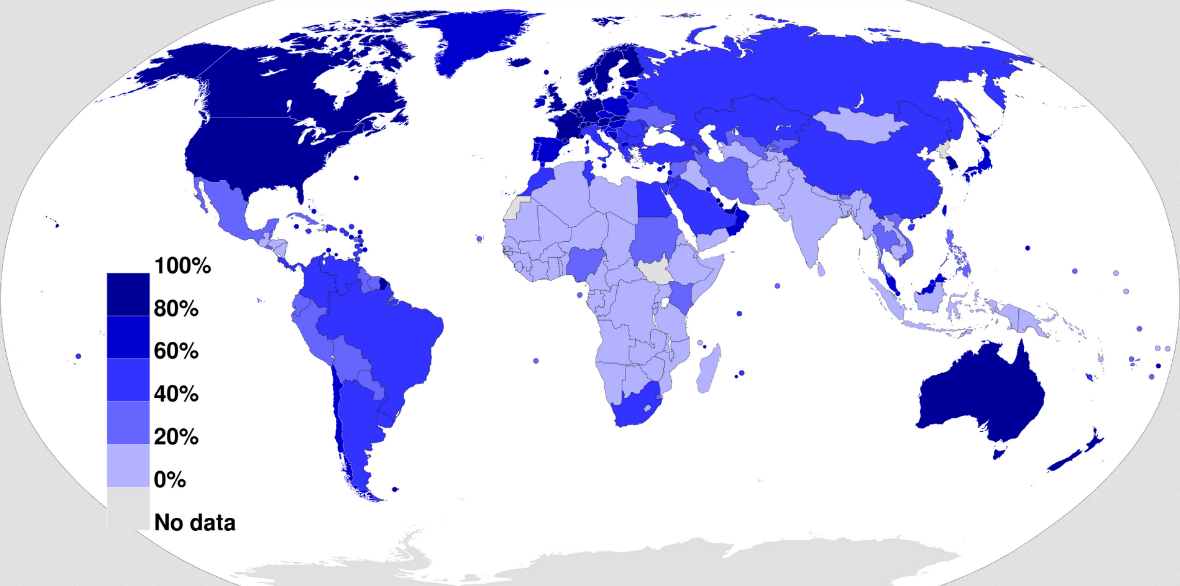
Is there a rational explanation for the contradiction that the stock markets are so strong, whilst the world economy is so weak? The US stock market’s valuation is already at its highest in history, surpassing the peaks of 1929, 1937 and 1999/2000, depending on how it is measured.
Liquidity
The issue is liquidity, the degree to which an asset or security can be quickly bought or sold in the market without affecting the asset’s price. If liquidity is diminishing, more money is leaving the market than entering, and stocks slide. If liquidity is increasing, money is coming into the market at a greater rate than is leaving it, and stocks rise.
With quantitative easing creating more credit for the banks, there is a steady increase of liquidity into stock markets. Stocks are rising since sovereign debt derivatives are losing money. Stocks without any form of debt are more attractive than mostly negative yielding bonds. You can still bet on bond price spreads over time, but stocks are by far the better bet.
Stocks will rise regardless of dividend appreciation in a market that will continue to see liquidity injection regardless of asset quality, because the quantitative easing effects on the stock market is really a debt on the government balance sheet that government’s pay by continually issuing zero coupon perpetual bonds to make the debt disappear and the Central Bank writes cheques continually against its balance sheet of government debt.
Valuation
From a valuation standpoint, investors are playing with fire as the market is extremely overvalued. Neither declining earnings in the world economy nor extreme valuations mean that the market has to decline or cannot keep rising even further, it has happened before. The opposite can also happen as well. In 1973-1974, S&P 500 earnings rose every quarter whilst the world economy fell dramatically.
In February 2016, the world economy was in danger, but the stock markets did not crash. A rebound was expected, but the rebound by April 2016 had gone further than expected with the Standard and Poor (S&P) 500 Index almost back at the level of early November. At the same time, Nasdaq continued to under-perform, mainly driven by sectors that were previously weak. The former leading sectors all remained well below their previous peaks.
Conclusion
The discrepancy is that the level and trend of stock prices is not actually an indicator of the economy’s health. It is primarily an indicator of money supply inflation. While 95 percent of the population in the real economy suffers from zero new liquidity, apart from the profits that enter the marketplace as a result of elite spending, stock markets increase their performance at a rate commensurate with the rate at which fabricated government liquidity enters the market. At present, there is still plenty of monetary inflation in the US and Europe, and it is not certain for how long it will affect stocks.
For the stock market to remain strong, quantitative easing will need to continue and core inflation rates stay low. Should inflation rates rise, governments will be forced to alter their policy, which together with weak earnings and the huge amount of debt corporations have amassed would create a bearish market.
